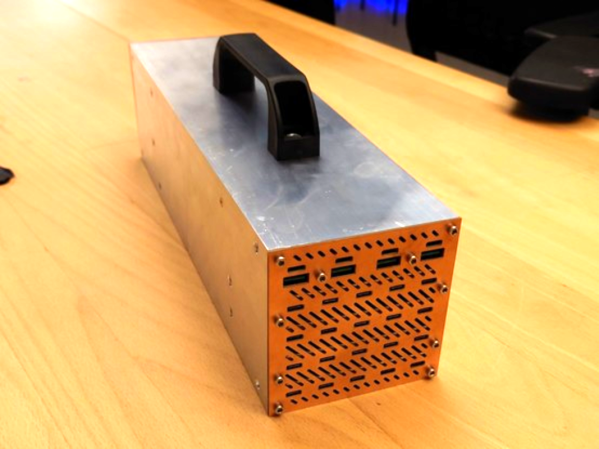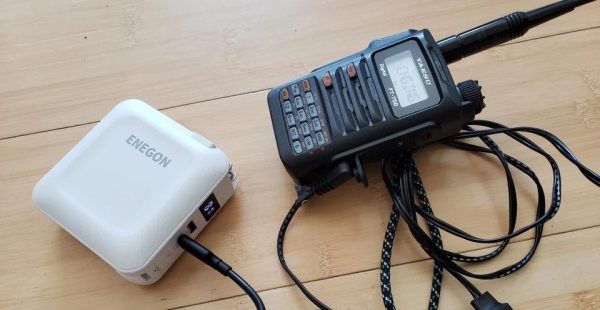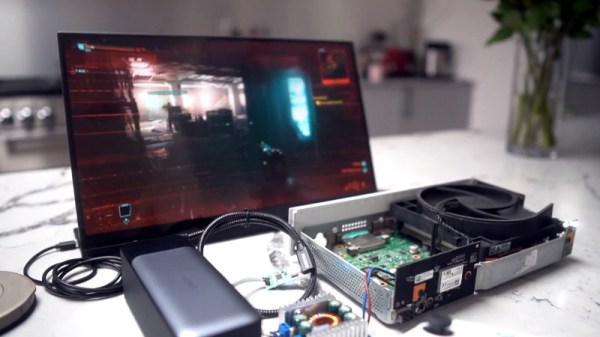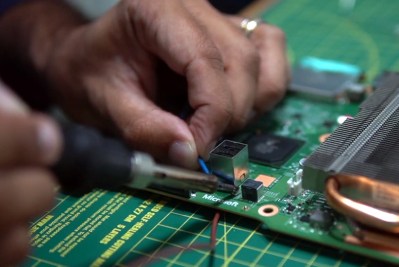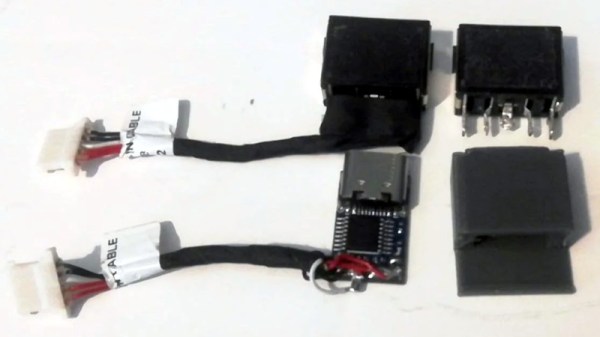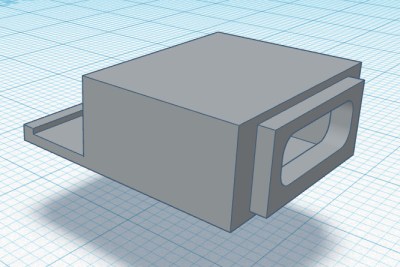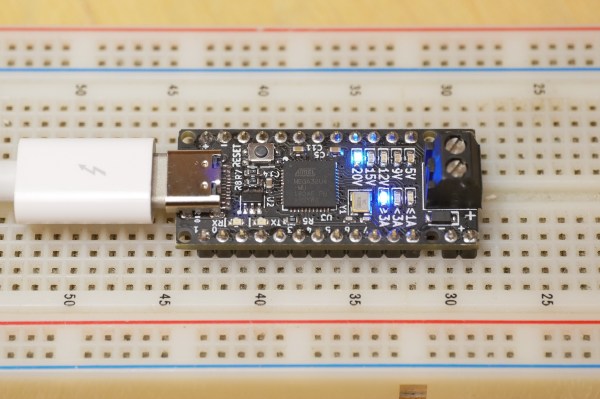USB power has become ubiquitous — everything from phones to laptops all use it — so why not your lab bench? This is what [EEEngineer4Ever] set out to do with the BenchVolt PD USB adjustable bench power supply. This is more than just a simple breakout for standard USB PD voltages, mind you; with adjustable voltages, SCPI support, and much more.
The case is made of laser-cut acrylic, mounted to an aluminum base, not only providing a weighted base but also helping with dissipating heat when pulling the 100 W this is capable of supplying. Inside the clear exterior, not only do you get to peek at all the circuitry but there is also a bright 1.9-inch TFT screen showing the voltage, current, and wattage of the various outputs. There is a knob that can adjust the variable voltage output and navigate through the menu. Control isn’t limited to the knob, mind you; there also is a Python desktop application to make it easy changing the settings and to open up the possibility to integrate its control alongside other automated test equipment.
There are five voltage outputs in this supply: three fixed ones—1.8 V, 2.5 V, and 3.3 V—and two adjustable ones: 0.5-5 V and 2.5-32 V. All five of these outputs are capable of up to 3 A. There are also a variety of waveforms that can be output, blurring the lines between power supply and function generator. While the BenchVolt PD will be open-sourced, [EEEngineer4Ever] will soon be releasing it over on CrowdSupply for those interested in one without building one themselves. We are big fans of USB PD gear, so be sure to check out some other USB PD projects we’ve featured.
Continue reading “BenchVolt PD: USB PD Meets Benchtop Precision”



